Rising Construction Activities
The construction industry is experiencing a resurgence, with numerous projects underway across various regions. This growth is significantly impacting the Mold Inhibitors Market, as the need for mold prevention in new buildings is becoming increasingly critical. Mold growth can compromise the integrity of structures and pose health risks to occupants, making mold inhibitors essential in construction materials. The market is projected to benefit from this trend, with estimates indicating a potential increase in demand for mold inhibitors by over 6% in the next few years. As builders and contractors prioritize mold prevention in their projects, the mold inhibitors market is expected to expand, driven by the construction boom.
Regulatory Compliance and Standards
Regulatory bodies are increasingly implementing stringent guidelines regarding mold prevention in various industries, including food processing, pharmaceuticals, and construction. Compliance with these regulations is crucial for manufacturers, as non-compliance can lead to severe penalties and loss of consumer trust. The Mold Inhibitors Market is thus driven by the need for effective mold control solutions that meet these regulatory standards. For instance, the Food and Drug Administration (FDA) has established specific requirements for mold inhibitors used in food products, which has prompted manufacturers to invest in advanced mold prevention technologies. This regulatory landscape is likely to propel the market forward, as companies strive to adhere to these evolving standards.
Growth in the Food and Beverage Sector
The food and beverage sector is a significant driver of the Mold Inhibitors Market, as the need for preserving food quality and safety is paramount. With the increasing consumption of processed and packaged foods, the demand for effective mold inhibitors has surged. According to industry reports, the food and beverage sector is expected to grow at a rate of approximately 4% annually, further fueling the need for mold prevention solutions. Manufacturers are increasingly incorporating mold inhibitors into their products to extend shelf life and maintain quality, which is essential in a competitive market. This trend indicates a robust growth trajectory for the mold inhibitors market, particularly in regions with high food production and consumption.
Increasing Demand for Mold-Free Environments
The rising awareness regarding health and hygiene has led to an increasing demand for mold-free environments across various sectors. This trend is particularly evident in the food and beverage industry, where mold inhibitors are essential to ensure product safety and longevity. The Mold Inhibitors Market is experiencing growth as manufacturers seek to comply with stringent health regulations and consumer preferences for safe products. Additionally, the construction sector is also witnessing a surge in demand for mold inhibitors to prevent mold growth in buildings, which can lead to health issues and structural damage. As a result, the market is projected to expand significantly, with estimates suggesting a compound annual growth rate of over 5% in the coming years.
Technological Innovations in Mold Inhibitors
Technological advancements are playing a pivotal role in shaping the Mold Inhibitors Market. Innovations in formulation and application techniques are leading to the development of more effective and environmentally friendly mold inhibitors. For instance, the introduction of bio-based mold inhibitors is gaining traction, as they offer a sustainable alternative to traditional chemical solutions. These innovations not only enhance the efficacy of mold prevention but also align with the growing consumer preference for eco-friendly products. As research and development continue to evolve, the market is likely to witness the emergence of novel solutions that cater to diverse industry needs, thereby driving growth in the mold inhibitors sector.
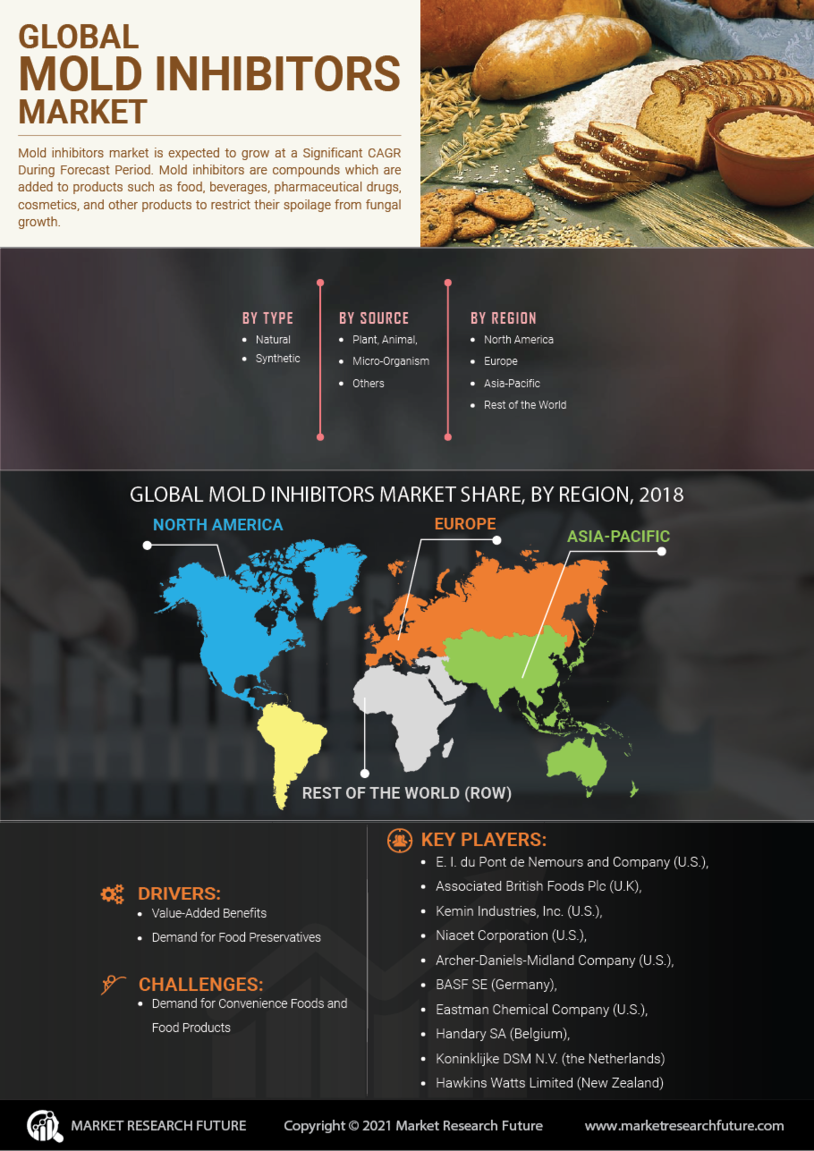

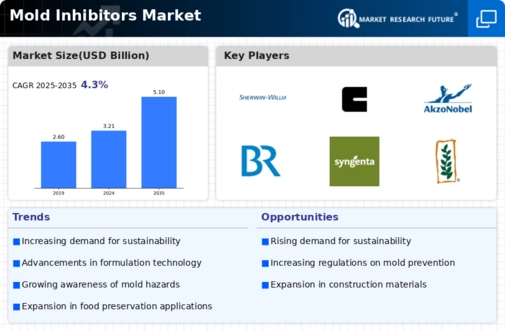
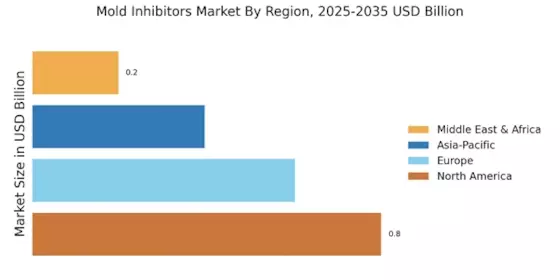
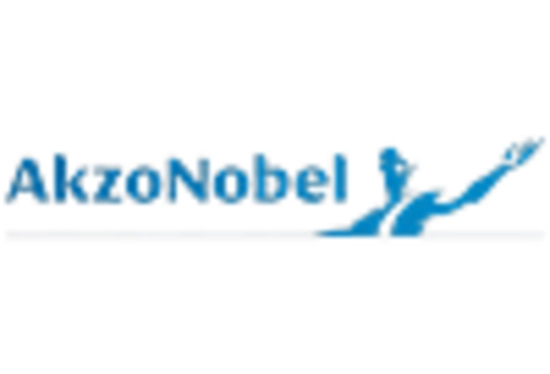



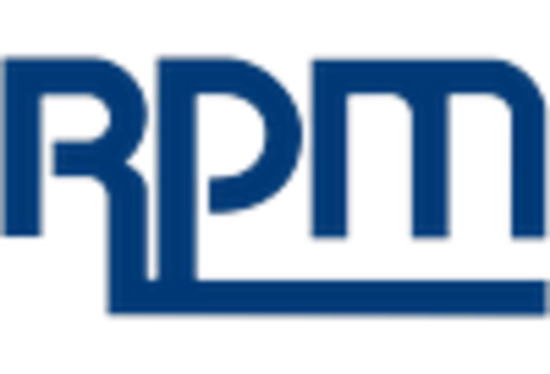
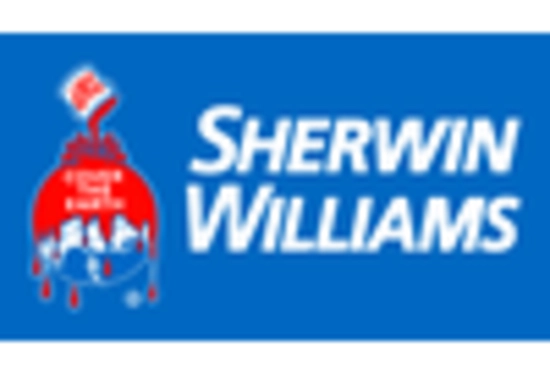








Leave a Comment